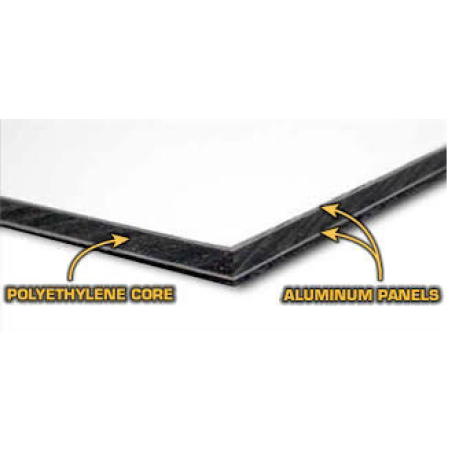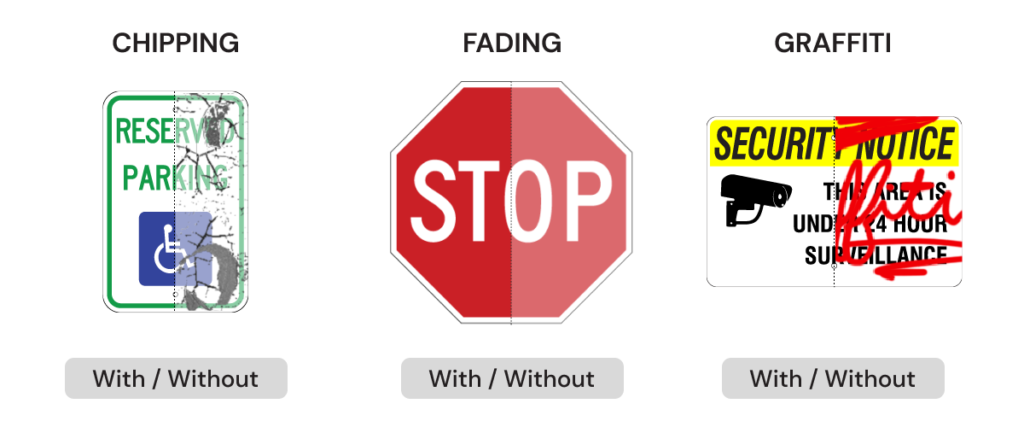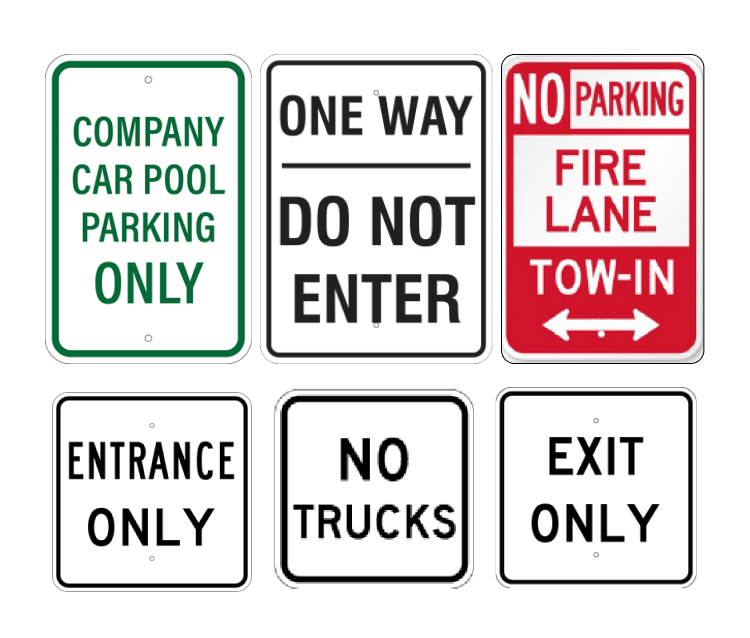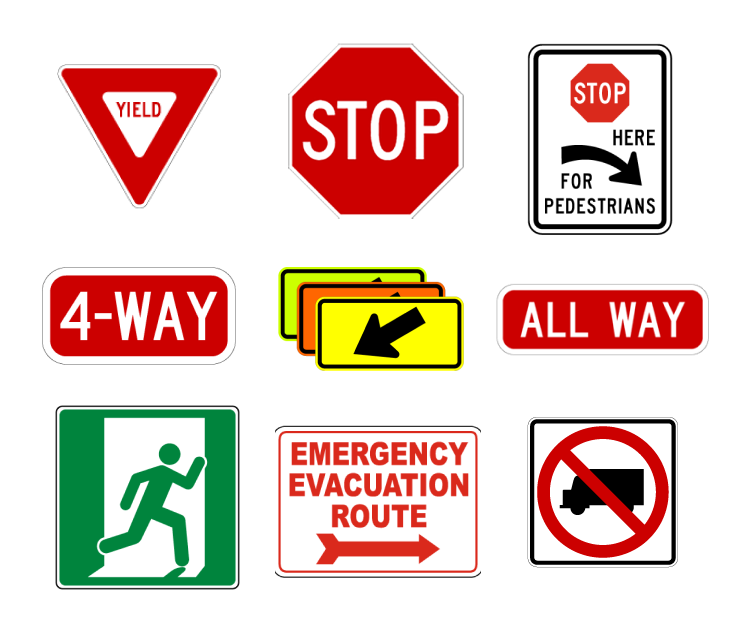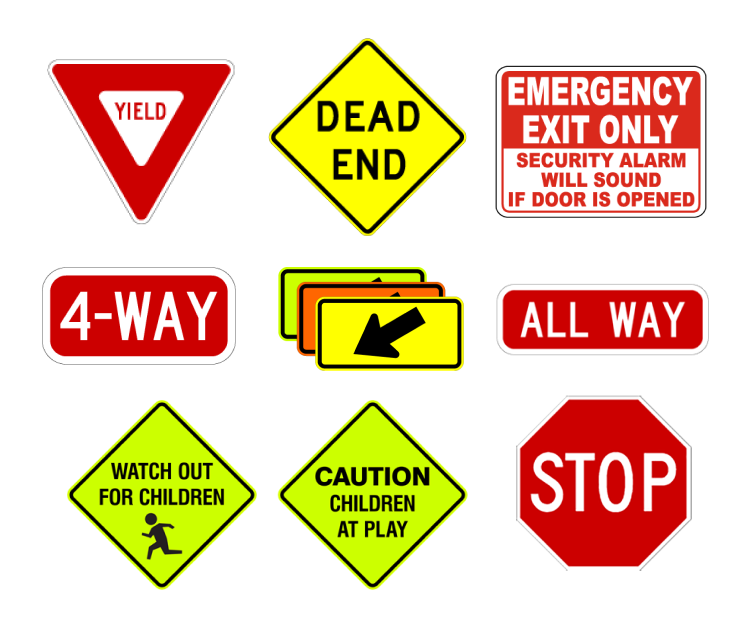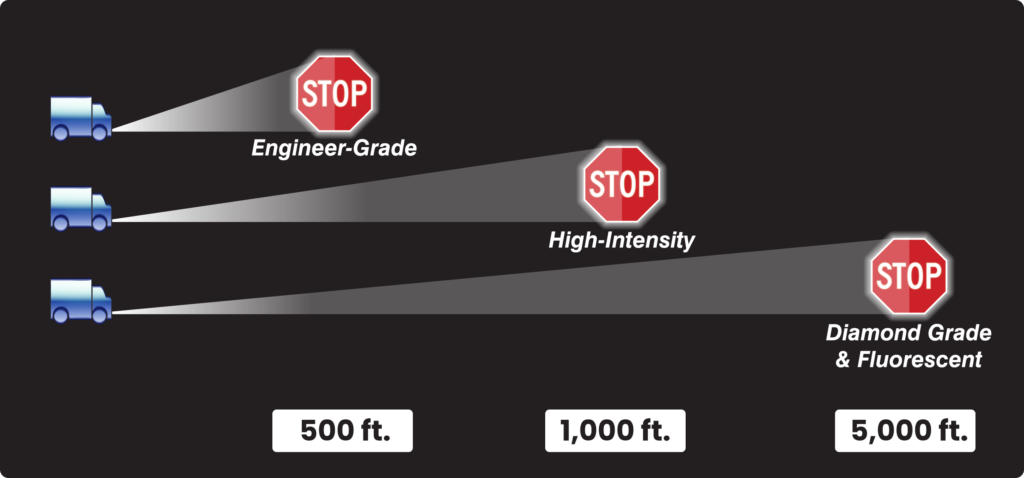Parking can be a challenge, especially in busy areas where spaces are limited. You might occasionally come across what looks like a handicap parking spot, but without the familiar blue sign featuring the international symbol of accessibility. This situation can lead to confusion and raise the question: can you park in a handicap spot if there’s no sign? In this blog post, we’ll explore this topic in depth, discussing the importance of handicap parking, the laws surrounding it, and what to do when you encounter an ambiguous situation.
The Importance of Handicap Parking
Before we dive into the specifics of signage, it’s crucial to understand why handicap parking spots exist in the first place. These designated spaces are not about convenience; they’re about necessity and equality. For many individuals with disabilities, a wider parking space closer to the entrance of a building isn’t just a luxury – it’s essential for their ability to access public spaces safely and independently.
Handicap parking spots are typically wider than standard spaces to accommodate wheelchair lifts and provide room for individuals to maneuver in and out of their vehicles. They’re also usually located closer to building entrances to minimize the distance people with mobility challenges need to travel. By reserving these spots for those who truly need them, we ensure that people with disabilities can participate fully in society, whether they’re running errands, going to work, or enjoying leisure activities.
Handicap Parking Laws and Regulations
Handicap parking is regulated by both federal and state laws in the United States. The Americans with Disabilities Act (ADA) sets forth guidelines for accessible parking, including the number of spaces required based on the total number of parking spots in a lot, the dimensions of these spaces, and their proximity to accessible entrances.
However, when it comes to the specific question of signage, things can get a bit more complicated. While the ADA does require that accessible parking spaces be marked, the exact requirements can vary by state and local jurisdiction. In most cases, proper marking includes both the familiar ground symbol (usually a white wheelchair symbol on a blue background) and a vertical sign with the international symbol of accessibility.
The Issue of Missing Signs
So, what happens when you encounter a spot that looks like it might be for handicap parking, but there’s no sign? This situation can arise for various reasons. Perhaps the sign was damaged or stolen and hasn’t been replaced yet. Maybe the parking lot is older and hasn’t been updated to meet current standards. Or it could be that the space isn’t actually intended for handicap parking at all, despite appearances.
In general, it’s not advisable to park in a spot that you think might be for handicap parking if there’s no clear signage. Even if the space is marked on the ground with the wheelchair symbol, the absence of a vertical sign could potentially lead to confusion and conflicts.
Legal Implications
From a legal standpoint, parking in a handicap spot without proper authorization (i.e., a valid handicap parking permit or license plate) is illegal, regardless of whether the spot is properly marked or not. However, the enforceability of this can become tricky when signage is missing or unclear.
In some jurisdictions, the presence of a vertical sign is required for the space to be legally considered a handicap parking spot. This means that in these areas, a driver without a handicap permit might technically avoid a ticket if they park in a space that’s only marked on the ground. However, this doesn’t make it ethically right to do so, and it could still lead to problems.
Ethical Considerations
Even if you might legally avoid a ticket, parking in a space that appears to be intended for individuals with disabilities when you don’t need it is ethically questionable. Remember, these spaces serve a vital purpose. By taking up one of these spots, you might be preventing someone who genuinely needs it from accessing the building or service.
Moreover, just because you don’t see a person using a wheelchair doesn’t mean the space isn’t needed. Many disabilities that qualify for handicap parking permits are not immediately visible, including heart conditions, severe arthritis, or breathing disorders. It’s never appropriate to judge whether someone “looks disabled enough” to use these spaces.
What to Do in Ambiguous Situations
If you encounter a parking space that you think might be intended for handicap use but isn’t clearly marked, the best course of action is to find another spot. It’s better to walk a little further than to potentially take a space from someone who truly needs it.
If you frequently encounter this issue in a particular parking lot, consider reaching out to the property owner or local authorities. They may not be aware that the signage is missing or inadequate. By bringing it to their attention, you can help ensure that the parking spaces are properly marked and enforceable, benefiting those who rely on these spaces.
The Role of Technology
As with many aspects of modern life, technology is starting to play a role in handicap parking. Some cities are experimenting with smart parking systems that use sensors to detect when accessible spaces are occupied and can alert enforcement officers if a vehicle doesn’t have a valid permit. These systems often rely on proper marking and signage to function correctly, further emphasizing the importance of clear and consistent handicap parking designations.
When in Doubt, Don’t Park There
In conclusion, while the specific legal requirements for handicap parking signage can vary, the ethical imperative is clear: these spaces should be reserved for those who genuinely need them. If you’re ever in doubt about whether a parking space is designated for handicap use, it’s best to err on the side of caution and find another spot.
Remember, handicap parking isn’t about convenience – it’s about accessibility and equality. By respecting these spaces, even when the signage isn’t perfectly clear, we contribute to a more inclusive society where everyone can access public spaces with dignity and independence.
Next time you’re tempted to use a space that might be for handicap parking, take a moment to consider the impact of your decision. A few extra steps for you could make all the difference for someone else. Let’s all do our part to ensure that handicap parking spaces remain available for those who truly need them.




